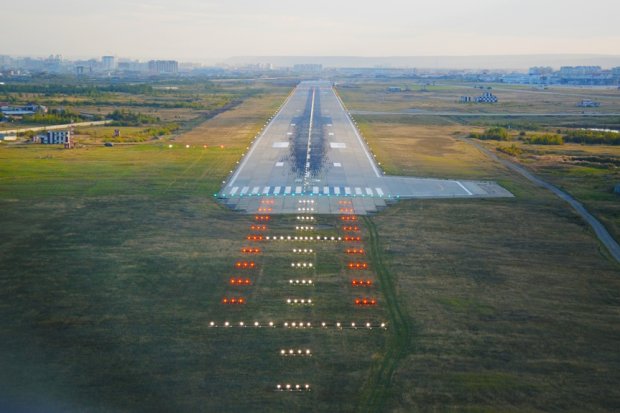FAA reveals 50 airports that will have C-band 5G buffer zones

When AT&T’s and Verizon’s C-band 5G services go live on January 19th, they’ll be implementing buffer zones around 50 airports in the US to reduce to risk of flight disruption. The Federal Aviation Administration has released a list (PDF) of the 50 airports it chose, which include major passenger hubs such as Chicago O’Hare International, Dallas-Fort Worth and Los Angeles International. As The Wall Street Journal notes, it also includes airports in foggy and cloudy locations like Seattle-Tacoma International, as well as cargo hubs like Indianapolis International.
The carriers were supposed to roll out their 5G service using their newly purchased frequencies on January 5th, but they agreed to comply with the FAA’s and Transportation Department’s request to push back their expansion by two more weeks. Authorities intend to use the extra time to investigate concerns that the new frequencies are too close to those used by airplanes’ radar altimeters. The devices measure the distance between the plane and the ground to help planes land in poor visibility and poor weather conditions. Wireless companies deny that using the C-band frequencies for 5G will disrupt aviation.
The FAA said that Hartsfield-Jackson International Airport and some of the other busiest airports in the US are missing from the list, because they’re nowhere near the areas where the new 5G services are deploying. Meanwhile, other large airports are also not included because they’re deemed far away enough from the nearest 5G towers.
Airlines for America, the association that represents major North American airlines, told Reuters and The Post in a statement that it appreciates the “FAA’s efforts to implement mitigations for airports that may be most impacted by disruptions generated by the deployment of new 5G service.” However, Kevin Burke, the CEO of airport trade group Airports Council International-North America, is less than pleased. Burke said the list is “largely irrelevant because the entire aviation system is about to be adversely impacted by this poorly planned and coordinated expansion of 5G service in and around airports.”
